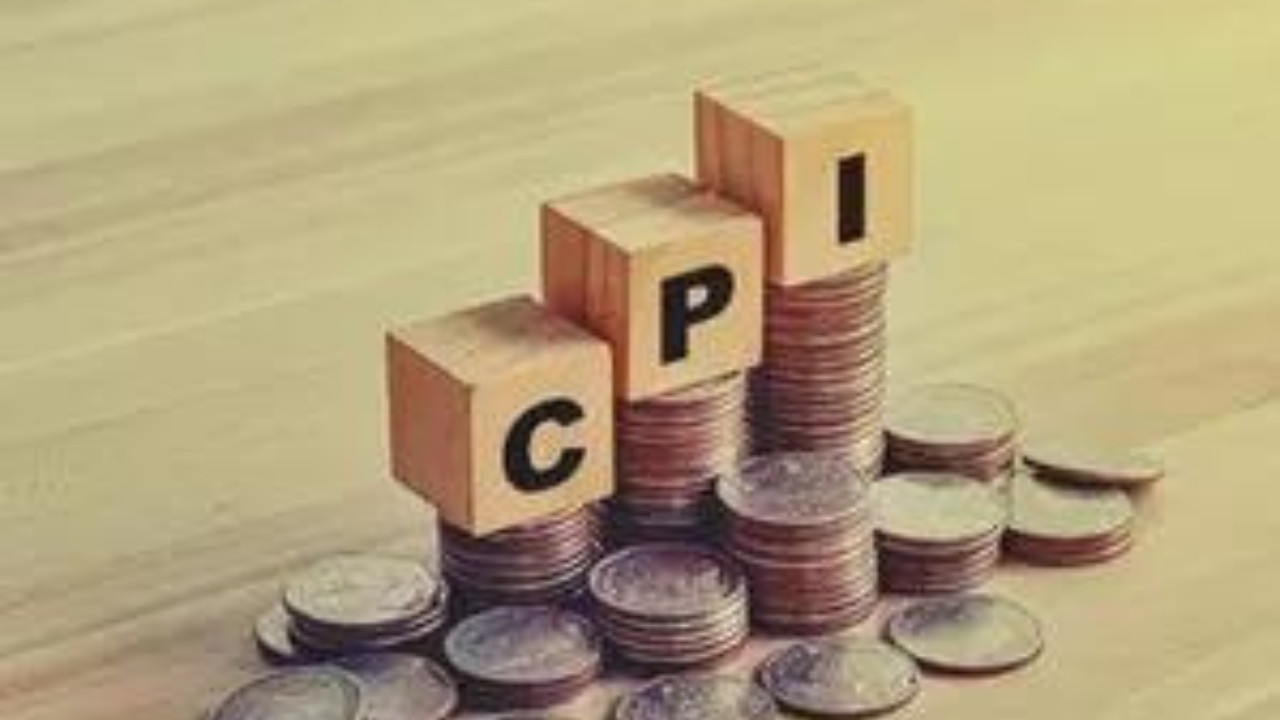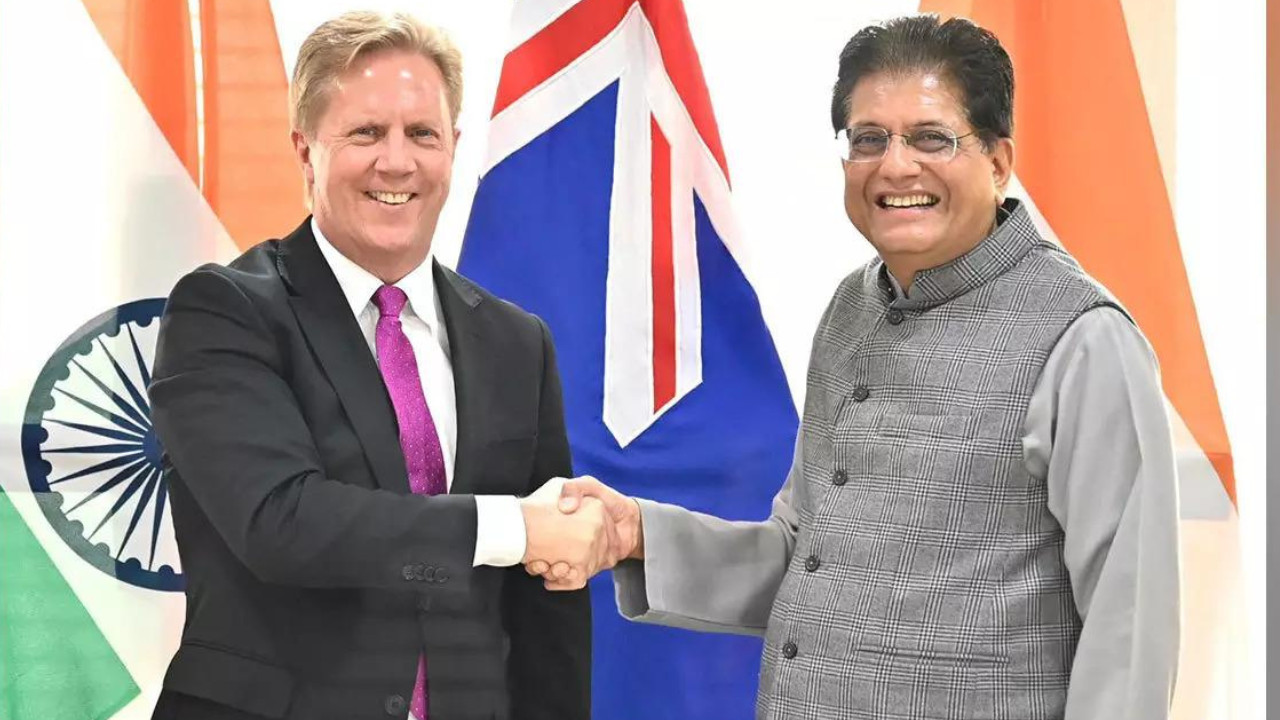Crisil projects India’s consumer inflation to ease to 4% in FY26, driven by softer food prices due to a favorable monsoon and lower global commodity prices. This outlook may allow the MPC to cut the repo rate once more this fiscal year. While GDP growth is projected at 6.5%, risks remain from global factors and volatile capital flows.
The Monsoon Effect: How Inflation & Repo Rates Could Shape India’s FY26
The Indian economy is a complex dance of interwoven factors, and right now, all eyes are on two key partners: inflation and the monsoon. A recent Crisil report shines a light on what we might expect in the coming financial year, FY26, and the forecast is nuanced. Buckle up, because it involves a little weather forecasting and a dash of monetary policy.
A Comfortable Inflation Target in Sight?
For months, the Reserve Bank of India (RBI) has been diligently working to keep inflation within its comfort zone. The good news? Crisil anticipates consumer price index (CPI) inflation to average around 4% in FY26. That’s a sweet spot, aligning with the RBI’s target and suggesting a period of relative price stability for Indian consumers. But achieving this 4% target hinges on a few critical factors, notably the behavior of that famous Indian weather pattern.
The monsoon season plays a pivotal role in shaping India’s economic landscape, particularly when it comes to food prices. A bountiful monsoon typically translates to a robust agricultural output, helping to keep food inflation in check. Conversely, a deficient or erratic monsoon can send food prices soaring, potentially derailing the RBI’s inflation control efforts. So, let’s hope for timely and plentiful rains!
Repo Rate Reductions: Fueling Growth, Cautiously
Beyond the weather, monetary policy will also be crucial. The report suggests that the RBI may be poised to begin cutting repo rates – the rate at which it lends money to commercial banks. These cuts, expected to be moderate, are designed to stimulate economic growth. Lower repo rates make borrowing cheaper for businesses and individuals, potentially encouraging investment and consumption.
However, the RBI is unlikely to unleash aggressive rate cuts. The pace and magnitude of these reductions will be carefully calibrated, balancing the need to boost growth with the imperative of keeping inflation under control. The central bank will likely adopt a “wait-and-see” approach, closely monitoring both domestic and global economic conditions before making any significant moves.

Growth Drivers: Beyond Consumption
Crisil projects a healthy growth rate for the Indian economy in FY26, attributing it not only to increased consumption but also to a resurgence in investment activity and improved external demand. Investment, particularly in infrastructure, is crucial for sustaining long-term economic growth. Stronger global demand for Indian goods and services will also provide a fillip to the economy.
Furthermore, the report emphasizes the importance of structural reforms to unlock India’s full economic potential. These reforms could include measures to improve the ease of doing business, streamline regulations, and enhance infrastructure connectivity. Such reforms would create a more conducive environment for investment and innovation, accelerating economic growth in the long run.
External Factors: Navigating Global Headwinds
Of course, the Indian economy doesn’t exist in isolation. Global economic conditions can significantly influence India’s growth trajectory. Uncertainties surrounding global trade, geopolitical tensions, and fluctuations in commodity prices all pose potential risks. For example, a sharp rise in crude oil prices could fuel inflationary pressures and dampen economic growth.
India’s ability to navigate these global headwinds will depend on its resilience and its ability to adapt to changing circumstances. A strong and stable domestic economy, coupled with prudent policy management, will be essential to weather any external storms. You may also be interested in how new [tax legislation changes could impact businesses](related-article-url).
The Road Ahead: A Balancing Act for India’s Economy
The forecast for FY26 paints a picture of cautious optimism. A 4% average inflation, coupled with moderate repo rate cuts, could provide a favorable environment for sustained economic growth. However, this rosy outlook hinges on a number of factors, including a normal monsoon, a stable global environment, and the effective implementation of structural reforms.
Successfully navigating these challenges will require a delicate balancing act. The RBI must strike a balance between supporting growth and controlling inflation, while the government must continue to implement reforms that enhance India’s competitiveness and attract investment. The Indian economy is at a critical juncture, and the choices made in the coming months will have a significant impact on its future trajectory.







